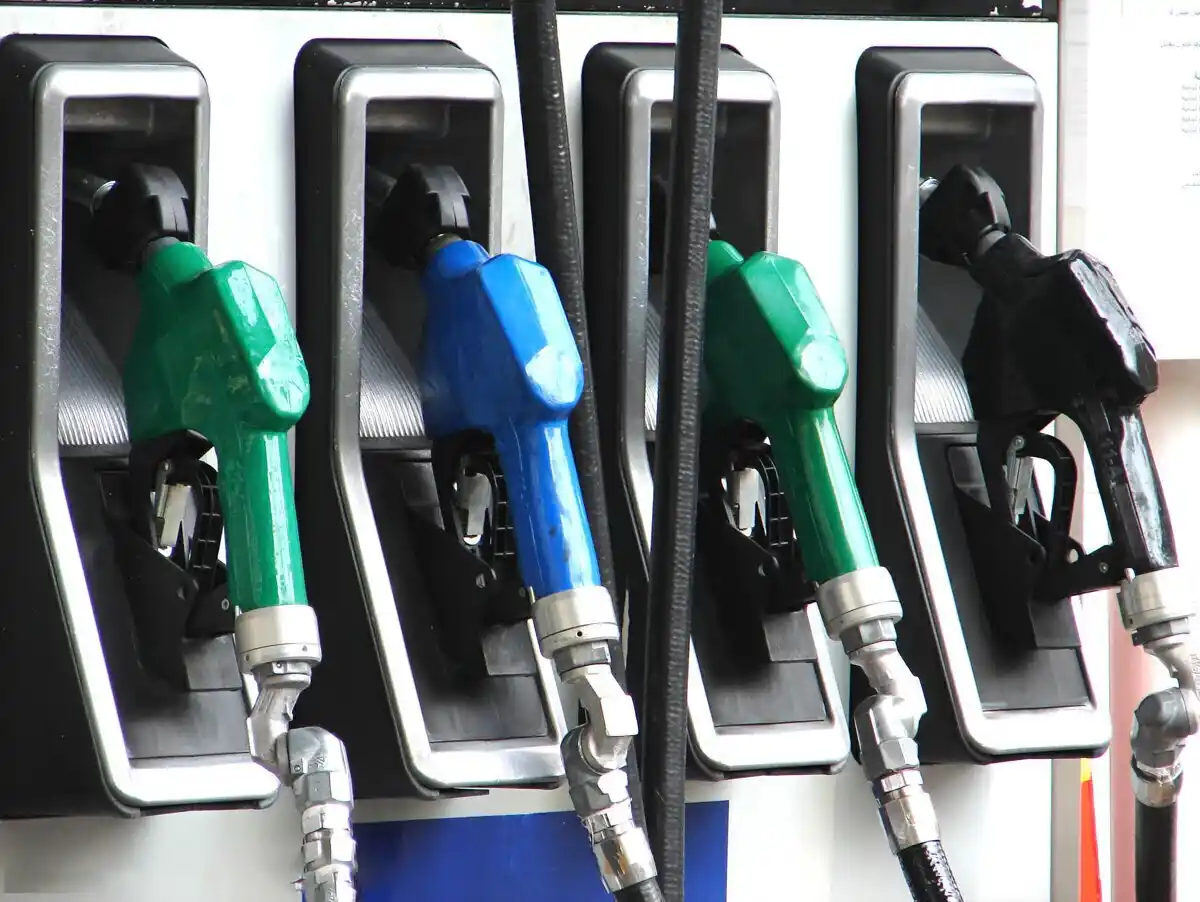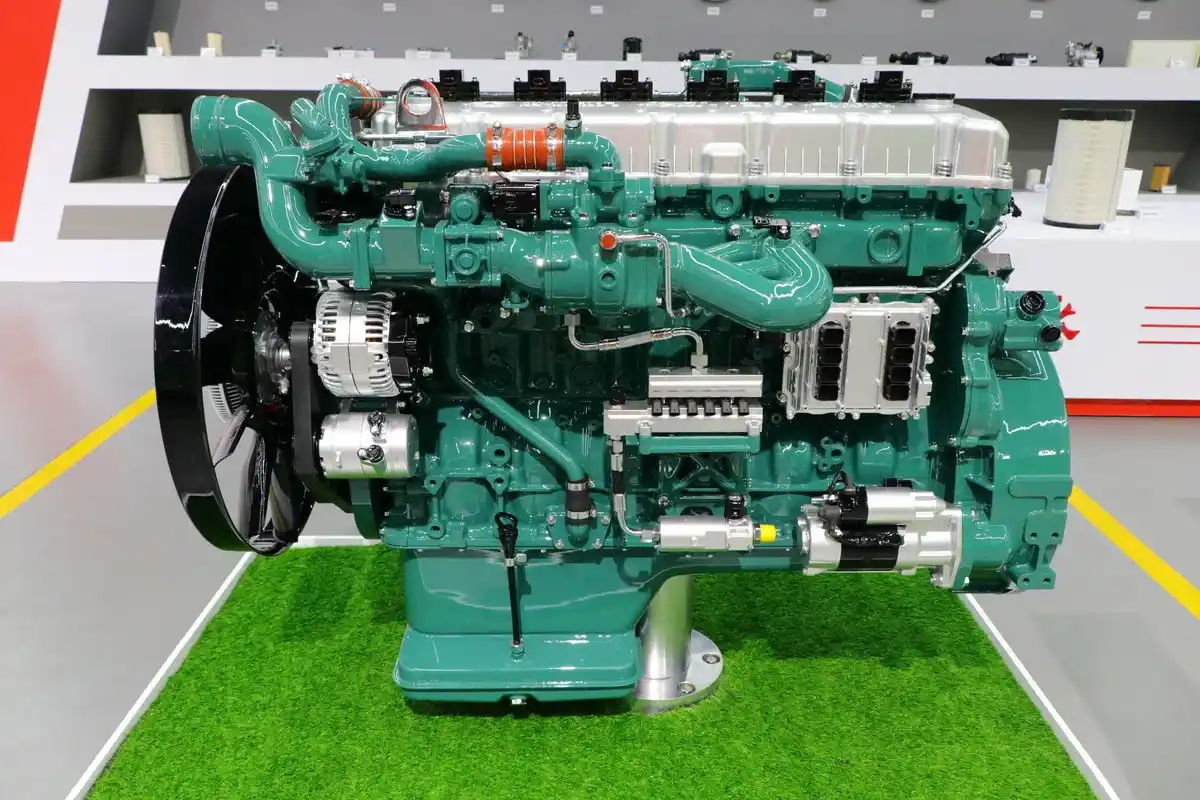This article details the working principles of fuel engines and gas engines and compares the two. Fuel engines convert the chemical energy of fuel into mechanical energy through the cooperation of pistons, connecting rods and crankshafts. Gas engines heat natural gas or other fuels and mix them with air before burning them to produce work. The article points out that gas engines have the advantages of low emissions, extended engine life and reduced noise, but they also face problems such as power reduction, corrosion and early wear.
Working Principle of Fuel Engines
Let’s take a single-cylinder gasoline engine as an example to explain the working principle of a fuel engine. Inside the cylinder, the piston is connected to the crankshaft via a piston pin and connecting rod. The piston moves reciprocally within the cylinder, driving the crankshaft to rotate. The engine has intake and exhaust valves to allow fresh air in and expel exhaust gases.
When the piston is at its highest point, it is called the top dead center (TDC), and when it is at its lowest point, it is called the bottom dead center (BDC). The distance between TDC and BDC is known as the piston stroke. For every stroke of the piston, the crankshaft rotates by 180°.
A four-stroke engine’s working cycle consists of four strokes: intake, compression, power (expansion), and exhaust. The volume swept by the piston from TDC to BDC is known as the engine’s displacement.

Working Principle of Gas Engines
The working principle of a gas engine is different from that of a fuel engine. For example, in a natural gas engine, the gas enters a pressure regulator through pipelines, is depressurized, then heated, and finally adjusted by a control valve to enter the engine. There, it mixes with air and combusts within the cylinder to perform work.
Compared to fuel engines, gas engines have the advantages of low emissions, extended engine life, and reduced noise. However, they also face challenges such as power reduction, corrosion, and early wear, mainly due to trace amounts of sulfur compounds in the gas.

Comparison of Fuel and Gas Engines
The key differences between fuel engines and gas engines lie in their ignition methods and operating temperatures. Diesel engines are compression-ignition engines with a typical ignition temperature of around 220°C, while gasoline engines are spark-ignition engines with an ignition temperature of around 427°C. Natural gas engines, on the other hand, also use spark ignition but with a higher ignition temperature of around 650°C.
Fuel engines are commonly used in vehicles, utilizing pistons and cylinders to drive mechanical movement. In contrast, gas engines are mainly used for power generation, where gas is injected to drive turbine rotation. Although gas engines have environmental advantages, challenges like power reduction and engine wear still need to be addressed during use.


